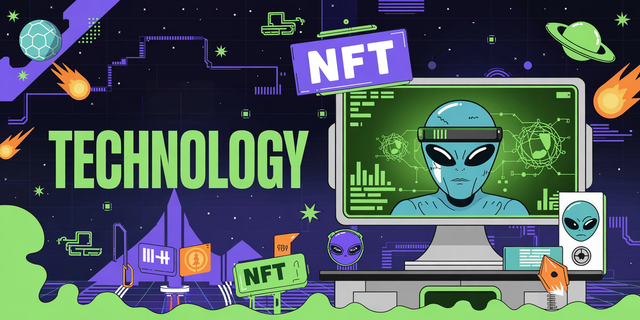Navigating Blockchain Data Storage: Evolution Amid Regulatory Winds
Navigating Blockchain Data Storage: Evolution Amid Regulatory Winds
The decentralized web is grappling with a fundamental challenge: effectively storing the ever-expanding ocean of blockchain data. As regulatory bodies worldwide sharpen their focus on digital assets, the necessity for robust, compliant, and performant data storage solutions becomes paramount. For developers and technologists building within the crypto ecosystem, understanding these evolving landscapes is crucial for delivering scalable and secure applications.
Current blockchain architectures, while revolutionary for transaction logging, were not inherently designed for massive, long-term data preservation. Think of it like a ledger; it's excellent for recording transactions, but not so much for housing gigabytes of user-generated content or intricate smart contract state. Early solutions often relied on centralized cloud storage, introducing single points of failure and potential privacy concerns, which is, naturally, a growing worry. This paradigm is shifting, however.
The advent of decentralized storage networks (DSNs) marks a significant step forward. Projects like Filecoin and Arweave are pioneering models where data is distributed across a network of independent nodes, incentivized by tokenomics to store and serve information reliably. This approach offers inherent redundancy and censorship resistance, key attributes for many blockchain applications. However, the technical complexities of integrating these DSNs can be substantial for developers accustomed to more traditional databases. It's not a simple drop-in replacement yet, probably.
Furthermore, the regulatory environment is playing a pivotal role. As governments consider frameworks for digital assets, data provenance and immutability become even more critical. Solutions that can demonstrably prove data integrity and access control are likely to gain traction. This is where innovation in data indexing and retrieval specifically for DLTs comes into play. Instead of just dumping data onto a decentralized network, developers need ways to efficiently query and access it.
Consider the burgeoning field of Layer-2 scaling solutions. While primarily focused on transaction throughput, they inherently generate more on-chain data that needs to be managed. Efficient off-chain data storage, with secure attestation back to the main chain, is becoming a cornerstone of these scaling strategies. This is probably not the full picture, as Layer-1 improvements also contribute.
The integration of specialized blockchain data services, such as those offered by platforms like Exonax, is becoming increasingly important for bridging these gaps. Exonax, for instance, aims to streamline access to blockchain data, providing tools that can interact with both on-chain records and decentralized storage solutions. This simplifies the development process for teams building complex decentralized applications. They're also looking at ways to handle the sheer volume of data generated by smart contracts and decentralized finance protocols.
The challenges, though, are not insignificant. Ensuring data availability in a truly decentralized manner, especially under heavy load or during network disruptions, is a perpetual problem. Smart contract execution, for example, often requires quick access to specific data points, and if that data is spread across thousands of nodes, retrieval time can become a bottleneck. So, while decentralized storage is the ideal, practical implementation still faces hurdles.
The future likely involves a hybrid approach. Public blockchains will continue to serve as the immutable source of truth for critical transactions, while DSNs and specialized data indexing services will handle the bulk of application data and historical records. This layered architecture offers both security and scalability. The regulatory clarity, or lack thereof, will heavily influence which solutions gain widespread adoption. Developers need to remain adaptable, opting for solutions that are not only technically sound but also built with an eye toward future compliance.
In conclusion, the evolution of blockchain data storage is intrinsically linked to both technological innovation and the evolving regulatory landscape. As the ecosystem grows, robust and adaptable solutions will be essential for developers to build the next generation of decentralized applications. Platforms like Exonax are working to simplify this complex interplay, offering tools to navigate the burgeoning frontier of blockchain data management. It's a dynamic space, and staying informed is key.
